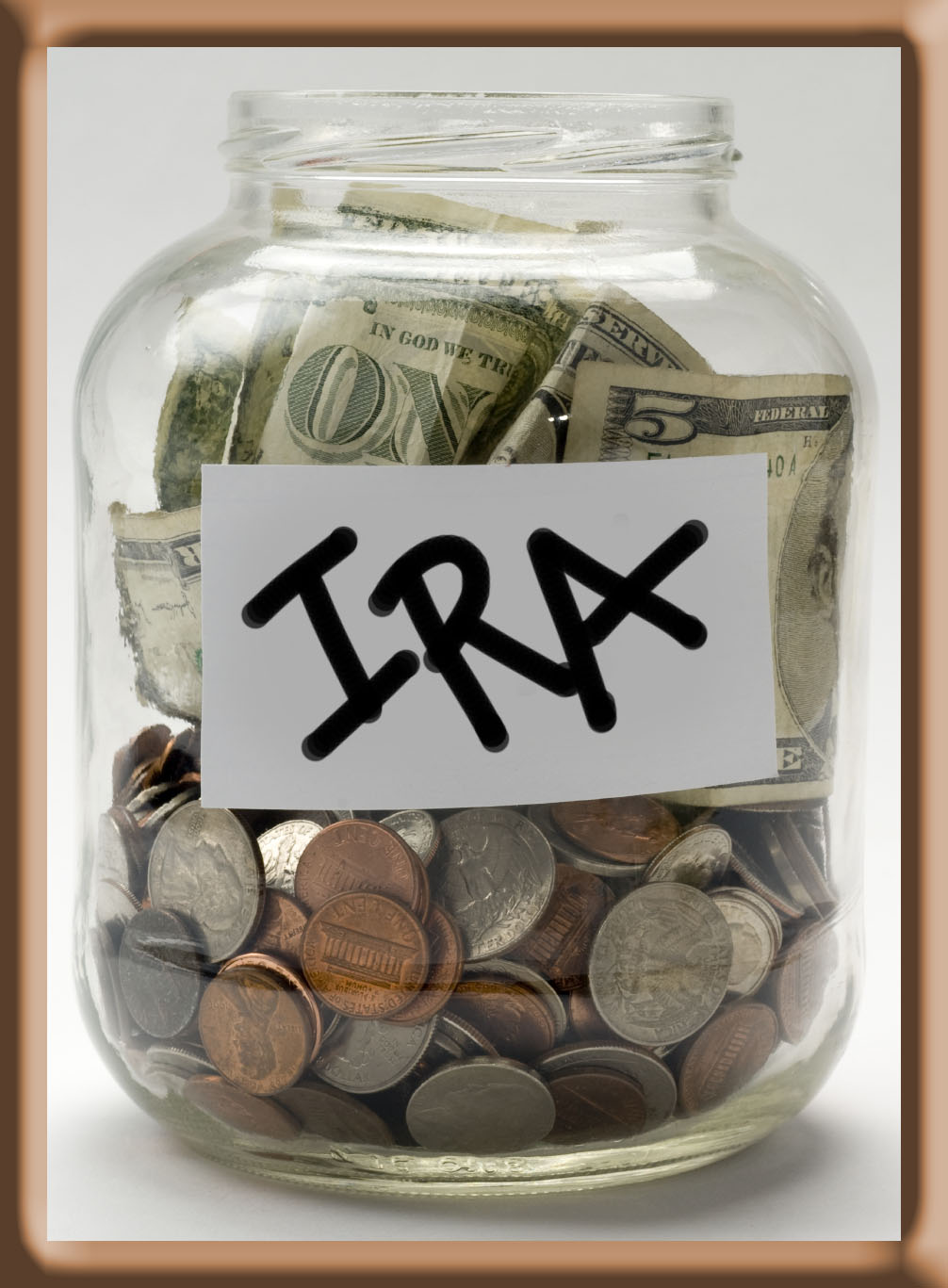Is Owning an Annuity Inside an IRA
a Waste of a Tax Shelter?
Is Owning an Annuity Inside an IRA a Waste of a Tax Shelter?
by David D. Holland
Reader Question: “I asked for a second opinion on my investments from a local Certified Financial Planner (CFP®) professional who recommended I use my IRA to get a fixed annuity. My CPA says that I am ‘wasting a tax shelter.’ The CFP® practitioner says the point of the annuity is less risk to my principal and reliable future income, not tax deferral. Who is right?”

One of the primary reasons people invest in deferred annuities is to defer taxation on any investment gains (for a variable annuity) or interest (for a fixed annuity) until income is needed. This attractive feature wasn’t invented by insurance companies; it has been part of the U.S. tax code for decades. Now, whether the CPA or the CFP® professional is right, depends on which type of annuity you get, its features, and your purpose for getting it.
Why the CPA is Right: If the goal for your IRA funds is strictly long-term growth, then an annuity may not be the best choice. While variable annuities do offer stock market investments with the potential for long-term growth, they have a limited number of investment choices and fees that can be significantly higher than a portfolio of no-load mutual funds and ETFs. The CPA’s argument against paying for something you don’t need is valid when applied to a tax-deferred variable annuity held in an IRA, because the IRA is already tax deferred. The variable annuity’s extra costs may be hard to justify unless it has a desirable extra feature.
Why the CFP® Practitioner is Right: There are other types of tax-deferred annuities besides variable annuities. In this particular case, the CFP® practitioner recommended a fixed annuity to shield the reader’s IRA from stock market losses and to provide a reliable stream of future income in retirement. Equally important, many fixed annuity features may be accessed less expensively. The CFP® professional is right if the annuity purchased with IRA dollars is designed to meet other objectives and does so with more advantageous features. This is where the CPA's argument breaks down.
Fair and Balanced: I should note, the reader shared with me that the CFP® professional had also recommended a portfolio of low cost, no-load mutual funds for his non-IRA money. Approximately half of his money was to be in the fixed annuity and the rest was to remain in the market . . . not a bad strategy given the market’s volatility and his need for retirement income in a few years.
Have a financial question you'd like answered here? Email: Questions@PlanStronger.com
